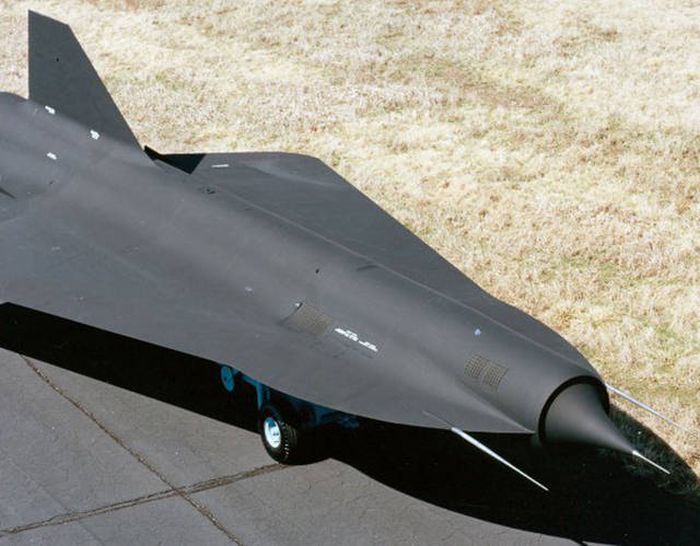|
|
Lockheed D-21 Aircraft, Project Tagboard
|
The Chinese never spotted the D-21B. The first one failed to turn around and continued straight on, crashing somewhere in the Soviet Union. Another test flight was conducted on 20 February 1970 in a successful attempt to correct any problems. The second operational mission, however, was not until 16 December 1970. The D-21B reached Lop Nor and back to the recovery point, but the hatch had a partial parachute failure and was lost at sea with its photographs.
During the third operational mission, on 4 March 1971, the D-21B flew to Lop Nor and returned, and released the hatch, which deployed its parachute, but the midair recovery failed and the hatch fell into the water. The destroyer that tried to retrieve the hatch ran it down and it sank. The fourth, and last, operational flight of the D-21B was on 20 March 1971. It was lost over China on the final segment of the route over China's Yunnan province; wreckage was found by local authorities. In 2010, after being in the junkyard of China Aviation Museum for years, the wreckage was moved to the exhibition area.
On 23 July 1971, the D-21B program was canceled due to its poor success rate, the introduction of a new generation of photo reconnaissance satellites, and President Richard Nixon's rapprochement with China. A total of 38 D-21 and D-21B drones had been built, 21 of which were expended in launches. The remaining 17 were initially stored at Norton Air Force Base, California, then moved to Davis-Monthan Air Force Base "boneyard" near Tucson, Arizona, in 1976 and 1977. With the base open to the public, the D-21 drones were quickly spotted and photographed. The Air Force called them GTD-21Bs with the GT standing for Ground Training.
The fate of the D-21 that had disappeared on the first operational flight was finally revealed in February 1986 when an official from the CIA returned a panel to Ben Rich that he had been given by a Soviet KGB agent. The drone had self-destructed over Siberia and the Soviets had recovered the wreckage. The Tupolev design bureau reverse-engineered the wreck and produced plans for a Soviet copy, named the Voron (Raven), but it was never built.
|
|









